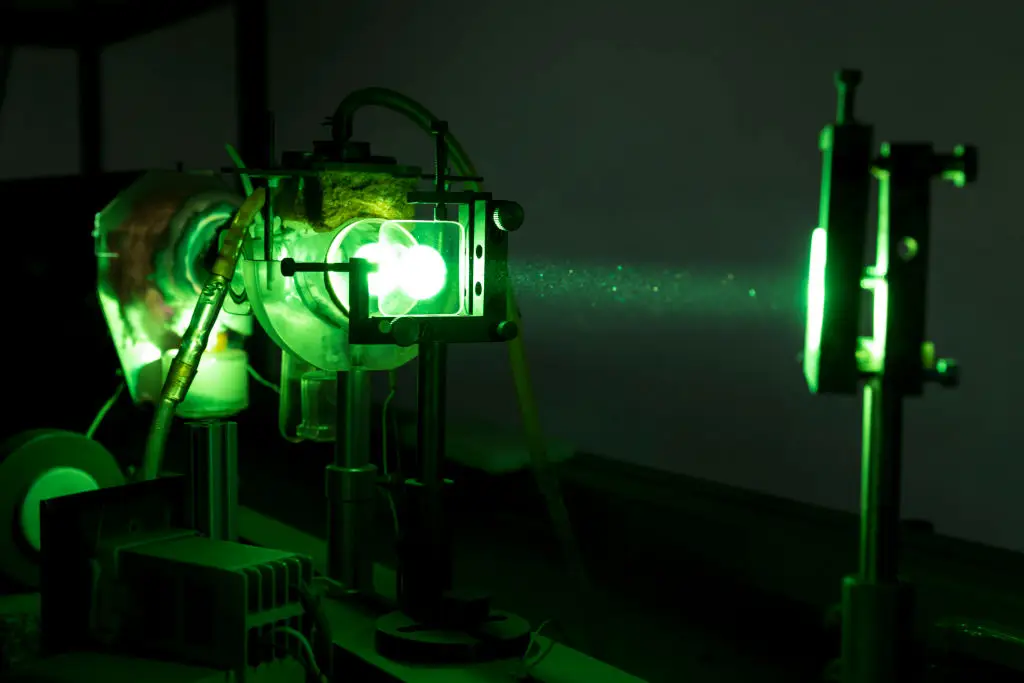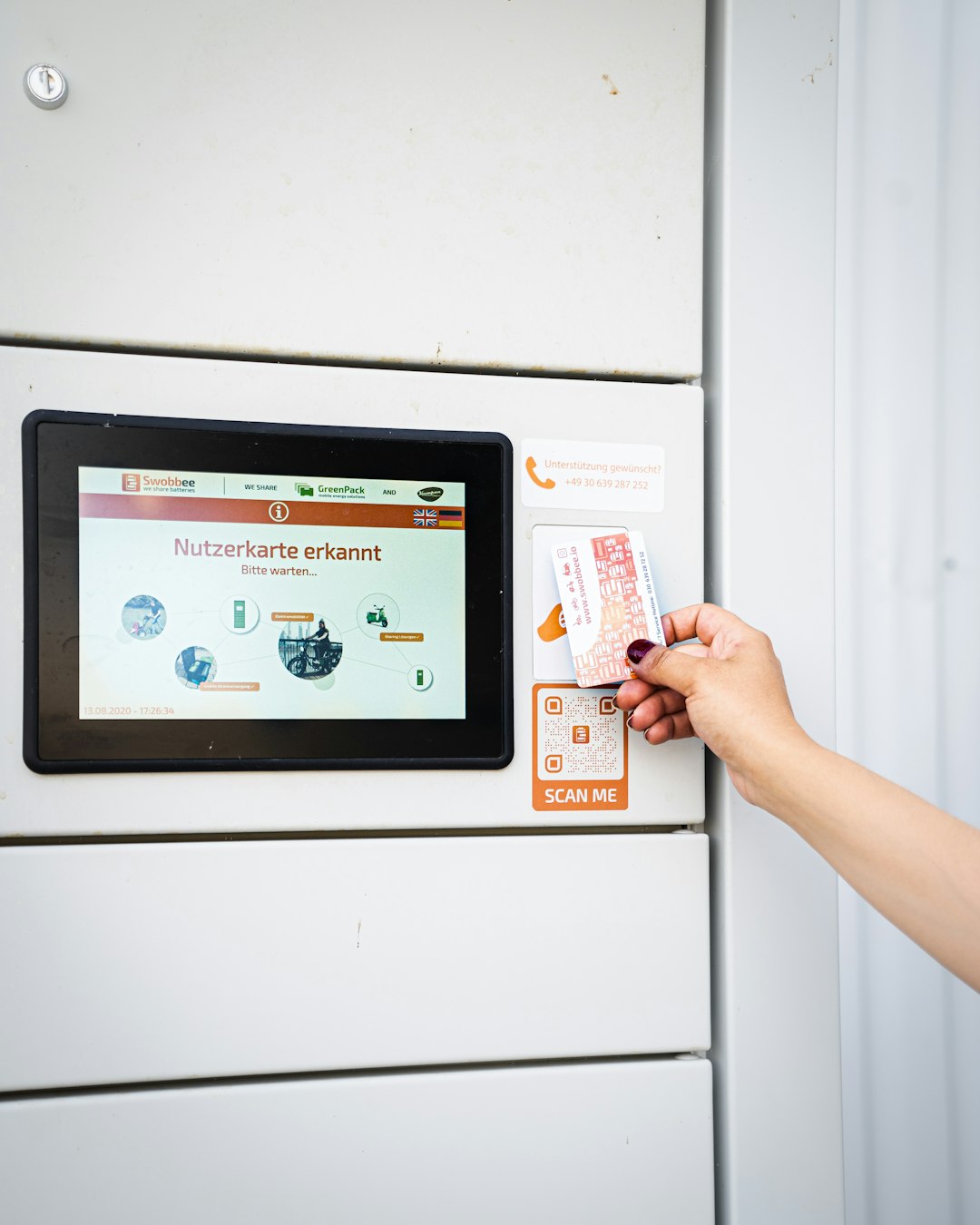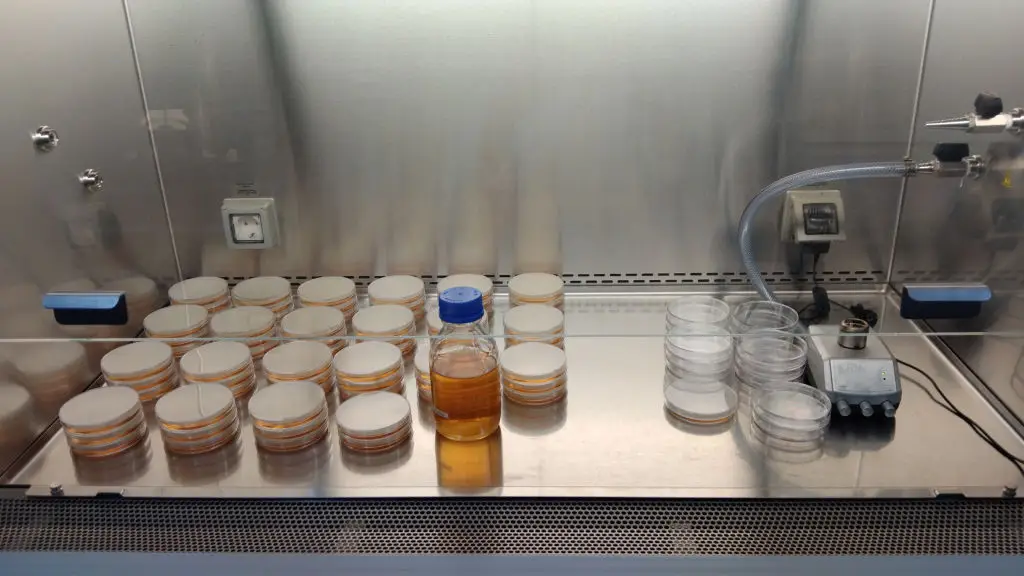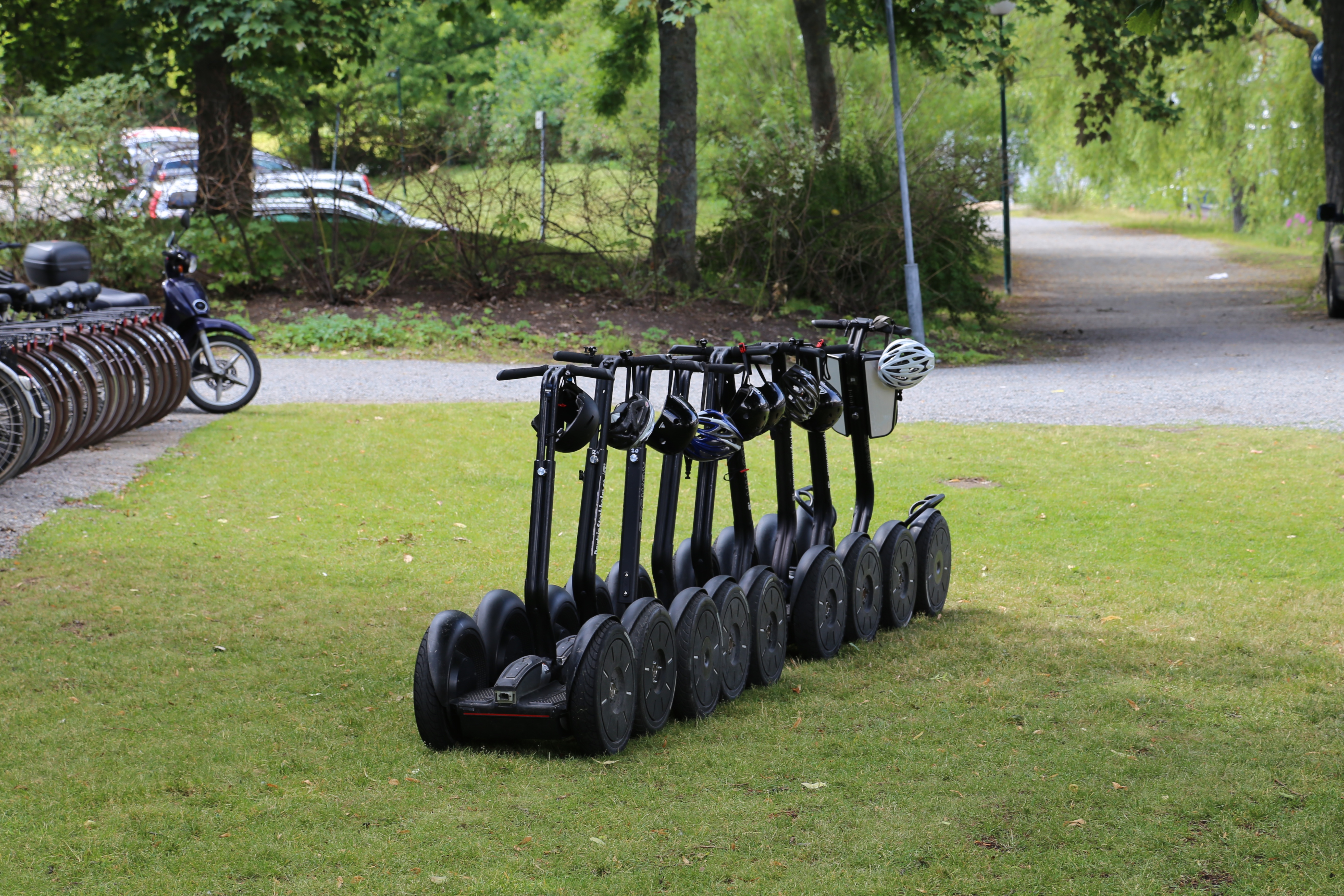10 Mind-Bending Scientific Breakthroughs Powering Tomorrow's Tech
If you’ve ever wondered who’s really shaping your digital future, why brain-like computers matter, or how light can literally spring from nothing, you’re in good company. We’ve combed through the latest headlines, celebrated winners at university innovation contests, and buzzed through tech expos to bring you the stories that are setting tomorrow’s tech ablaze. Whether you geek out over quantum hardware, care about green energy, or just want a glimpse of what’s next, these ten breakthroughs promise to change the way you live, work, and connect. Ready to see what’s just around the corner? Let’s go on a science-powered journey through the astonishing advances turning “impossible” into “inevitable.”
1. Artificial Intelligence That Learns Like the Brain

Picture an artificial intelligence that doesn’t just crunch data but actually learns and adapts—much like your own brain. Recent breakthroughs in brain-inspired, or “neuromorphic,” AI are already blurring those lines. Researchers from leading US universities are building neural networks that mimic the intricate wiring and learning patterns found in human brains. These systems don’t just follow rules; they actually develop instincts over time. The real magic? This approach means smarter health diagnostics that adjust to your unique history and even digital tutors capable of understanding a struggling student’s needs on the fly. Funding agencies and university awards are pouring millions into neuro-inspired architectures, and big tech is already piloting prototypes. We’re talking about AI that’s not just good at chess or math—it's learning to read emotion, context, and intent. The result: devices and programs that feel more intuitive, helpful, and just plain human. The next time your phone predicts exactly what you’re looking for, remember—it could be a glimpse of brain-like AI doing its thing.
2. Quantum Computers Reach Milestone Operations

Quantum computers have finally shifted gears—from fascinating lab experiments to real problem-solvers. In the past year, heavyweights like IBM and Google demonstrated quantum devices crunching certain problems that would take even today’s best supercomputers eons to solve. It’s the kind of power you’d expect from machines running on the laws of quantum physics instead of clunky old bits and bytes. The real-world payoff? Picture new medicines designed in days, logistics networks that practically untangle themselves, and encryption schemes that can stand up to almost anything. University labs and startups across the US are now racing to solve issues like error correction, bringing practical quantum computing ever closer. And don’t worry if it still sounds head-spinning—soon you might just see quantum-powered tools shaping everything from climate simulations to the way banks keep your money safe.
3. Light from Empty Space: Manipulating Time and Space

Can you really pull light out of empty space? In what sounds like pure movie magic, scientists recently created photons—packets of light—by fine-tuning the boundaries of “vacuum” itself in tightly controlled experiments. This feat, called the Dynamical Casimir Effect, doesn’t break the universe. Instead, it squeezes photons from underlying quantum energy fields by rapidly changing conditions in a superconducting circuit. Forget black holes or wormholes—this experiment happened in a US lab, with researchers manipulating time and space at microscopic scales. Why bother? This strange trick unlocks entirely new tools for building ultra-sensitive motion and radiation detectors, as well as future tech that could move data with unprecedented efficiency. In a few years, you might thank quantum science for sensors that help keep hospitals safer or make communications virtually unbreakable—all from what appears to be “nothing.”
4. Solid-State Batteries Break the Range Barrier

Say goodbye to battery anxiety. The leap from old-school lithium-ion to cutting-edge solid-state batteries means more energy, faster charging, and less concern about fiery mishaps. Major breakthroughs in US labs and commercial prototypes have pushed this technology closer to the road, quite literally—the next wave of electric vehicles (EVs) promises greater range and improved safety as a result. Unlike traditional batteries that use liquid electrolytes, these solid-state options rely on stable materials, making them less likely to overheat. Imagine driving across multiple states with just a single charge, or snapping in a battery that powers your phone safely through those endless Zoom calls. Major carmakers, tech investors, and award committees are all taking note. While you might still be waiting to test-drive a fully solid-state EV, those models are already running test tracks—and the gadgets in your bag will be next.
5. Gene Editing Goes Precise: Next-Wave CRISPR Tools

Remember when CRISPR made headlines for making genetic “scissors”? The story’s now even sharper. Next-wave gene editing tools, dubbed “base editors” and “prime editors,” can rewrite single letters of DNA with pinpoint precision—without the messy side effects of earlier methods. US scientists are piloting these tools in clinical trials for everything from sickle cell anemia to rare inherited blindness. The difference is like painting with a fine-tip brush instead of a roller. For real people, that means treatments for genetic diseases are moving from theory to therapy, with regulators, ethicists, and researchers all weighing benefits and risks in the US and beyond. The hope, of course, is to tackle “unsolvable” illnesses, while keeping genetics fair and safe for everyone. If you thought DNA editing was just for science fiction, the next clinic visit might change your mind.
6. Synthetic Biology Creates Sustainable Materials

What if you could grow your next T-shirt—or even your next burger—instead of mining or farming it? Thanks to synthetic biology, that vision is already sprouting up in real US startups. Scientists are programming microbes like yeast and bacteria to produce silk, plastic alternatives, and even edible proteins. This isn’t just cool science—it’s a critical step toward making everything from clothes to packaging way more planet-friendly. Some companies have reached pilot factory stage, churning out bio-based fibers for major fashion brands or plant-based “meats” that taste the part. In the lab, you’ll find beakers filled with engineered cells, quietly revolutionizing materials we use every day. As grocery shelves and clothing racks start to reflect these advances, you’re not just buying a product—you’re supporting a future where tech and sustainability grow hand in hand.
7. Clean Power from Thin Air: Advanced Solar Tech

Solar panels have had a major glow-up. The latest twist: perovskite materials and flexible solar films that catch more light, cost less, and work just about anywhere. Beyond the rooftop panels you’ve seen for years, labs are spinning out solar strips that can cling to cars, curve around entire buildings, or bring electricity to places where wiring just isn’t possible. In US field pilots, perovskite solar cells are pushing record efficiencies and could soon take the lead in next-generation renewable energy. That means smaller, lighter, and more adaptable solar solutions—think phone chargers built into backpacks and windows doubling as power sources. As communities aim for cleaner, greener energy, the tech making it possible is finally as flexible as our imaginations.
8. Satellites for Global Connectivity

Getting everyone online is no longer a dream reserved for city dwellers. Thanks to booming constellations of Low Earth Orbit (LEO) satellites—think Starlink and its competitors—rural America, disaster zones, and even remote campsites now have broadband options. Each LEO satellite is about the size of a small fridge, but together they beam internet straight down, sidestepping the need for cables and towers. US families in overlooked regions are using these networks to work, learn, and stay connected. Alongside access, these satellites offer new opportunities for precision agriculture, real-time emergency services, and scientific research. Engineers are racing to make launches cheaper and satellites smarter—from miniaturized electronics to solar sails. Turns out, the next tech leap for global connectivity might be happening overhead right now.
9. Quantum Communication and Unbreakable Encryption

Imagine a world where eavesdropping on your messages is basically impossible. Enter quantum communication, where information is encoded in single particles—photons—making it tamper-proof by nature. US cities have joined a global race (with China and Europe close behind) to build quantum networks that deliver “unhackable” encryption for banks, governments, and anyone who needs to keep secrets, well, secret. Quantum key distribution systems, already live in several trials, destroy signals the moment tampering is detected—think Mission: Impossible, but real. Startups and universities are building out pilot networks between data centers and even bouncing quantum info off satellites in orbit. While you may not send quantum-encrypted texts just yet, the way we protect everything from financial data to your next video call is set for a leap in security.
10. Human-Machine Brain Interfaces Make the Leap

Controlling a computer with your mind might sound far-fetched, but brain-computer interfaces (BCI) are already beyond the science fair. US clinics now run pilot studies where patients with ALS or paralysis can spell words, move robotic limbs, or even send texts using just their neural signals. Startups and university labs have pulled remarkable feats: tiny chips translate brain waves into digital commands, opening up a new world for people with movement or speech limitations. Venture capital and public funding are flooding into the BCI field, with ambitions extending from helping those in need to exploring next-gen memory support—or even seamless control of smart devices. Some day, the thought “I need to call home” might actually make that call happen. For many, the future of truly intuitive tech is, quite literally, already in their heads.
Where Science and Tomorrow Meet

With every new discovery, the fabric of tomorrow’s tech gets a little more incredible—and a lot more human. From AI that learns with the nuance of a real brain to solar panels that curve where you need them, these breakthroughs aren’t just technical marvels. They’re milestones redefining what’s possible for people everywhere. For readers in the US and North America, seeing these advances up close means recognizing not just the amazing but the accessible: More reliable energy. Safer medical bets. Instant, everywhere connection. Many of these innovations have moved past the “maybe someday” stage and are weaving into daily life, quietly or spectacularly. If you’ve ever felt awed by how far we’ve come, be ready—science keeps making today’s mind-bending headlines tomorrow’s morning routine. Stay curious, keep asking questions, and remember: the next big leap could start with a small, inspired idea (maybe even your own).
Powered by Froala Editor







